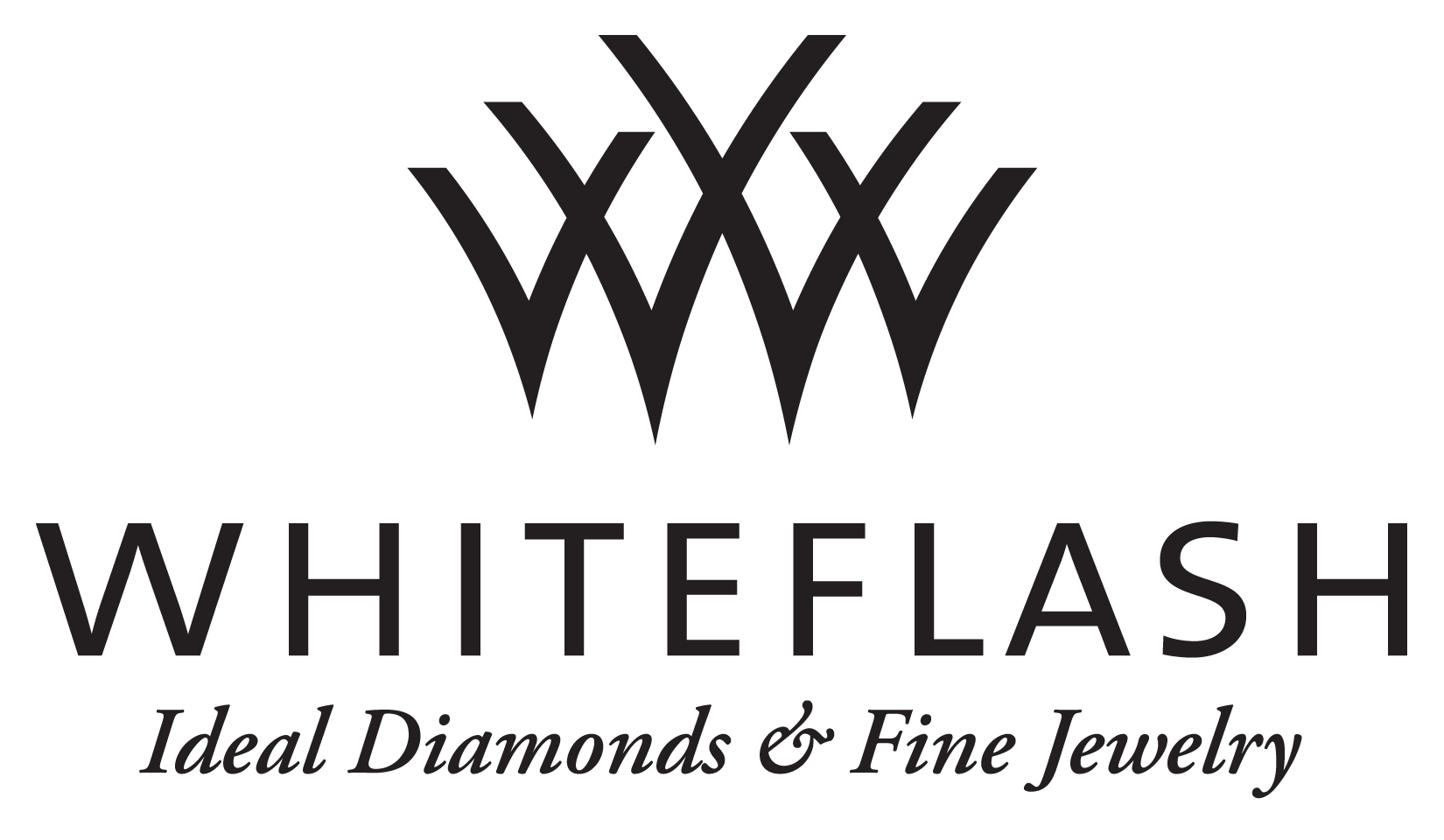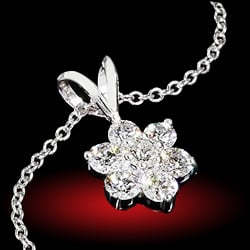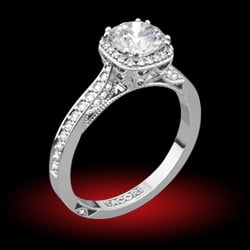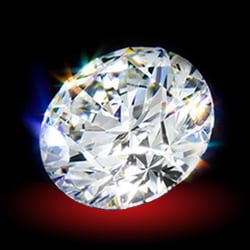We viewed these two diamonds in various lighting situations. In the end my girlfriend and I preferred the first over the second as it seemed to have greater brightness and sparkle to it. However, it seems as though the diamond we preferred would be considered to be on the shallow end of the excellent cut grade whereas the diamond that we passed on had numbers that were more in the middle of this category. I am looking for opinions as to why the shallower diamond (Diamond #1) was more attractive and appealing to us than the one we passed on (Diamond #2). We love the diamond, but were wondering why we chose this diamond over what would be considered (on paper) a more popular choice (Diamond #2),.
Here are the stats:
Diamond #1:
Round Brilliant
GIA Cert
Measurements: 6.88-6.91 x 4.20mm
Carat Weight: 1.24
Color: I
Clarity: VS2
Cut Grade: Excellent
Polish: Excellent
Symmetry: Excellent
Fluorescence: Faint
Proportions:
Table: 59%
Crown Angle: 34.0
Pavilion Angle: 40.6
Girdle: Medium - Slightly Thick
Culet: None
Crown Height: 14.0%
Pavilion Depth: 43.0%
Total Depth: 60.9%
Star Length: 55%
Lower Half: 75%
Diamond #2:
Round Brilliant
GIA Cert
Measurements: 6.82-6.85 x 4.24mm
Carat Weight: 1.21
Color: I
Clarity: VS2
Cut Grade: Excellent
Polish: Very Good
Symmetry: Very Good
Fluorescence: None
Proportions:
Table: 56%
Crown Angle: 35.0
Pavilion Angle: 40.8
Girdle: Medium
Culet: None
Crown Height: 15.5%
Pavilion Depth: 43.0%
Total Depth: 62.0%
Star Length: 50%
Lower Half: 75%







300x240.png)